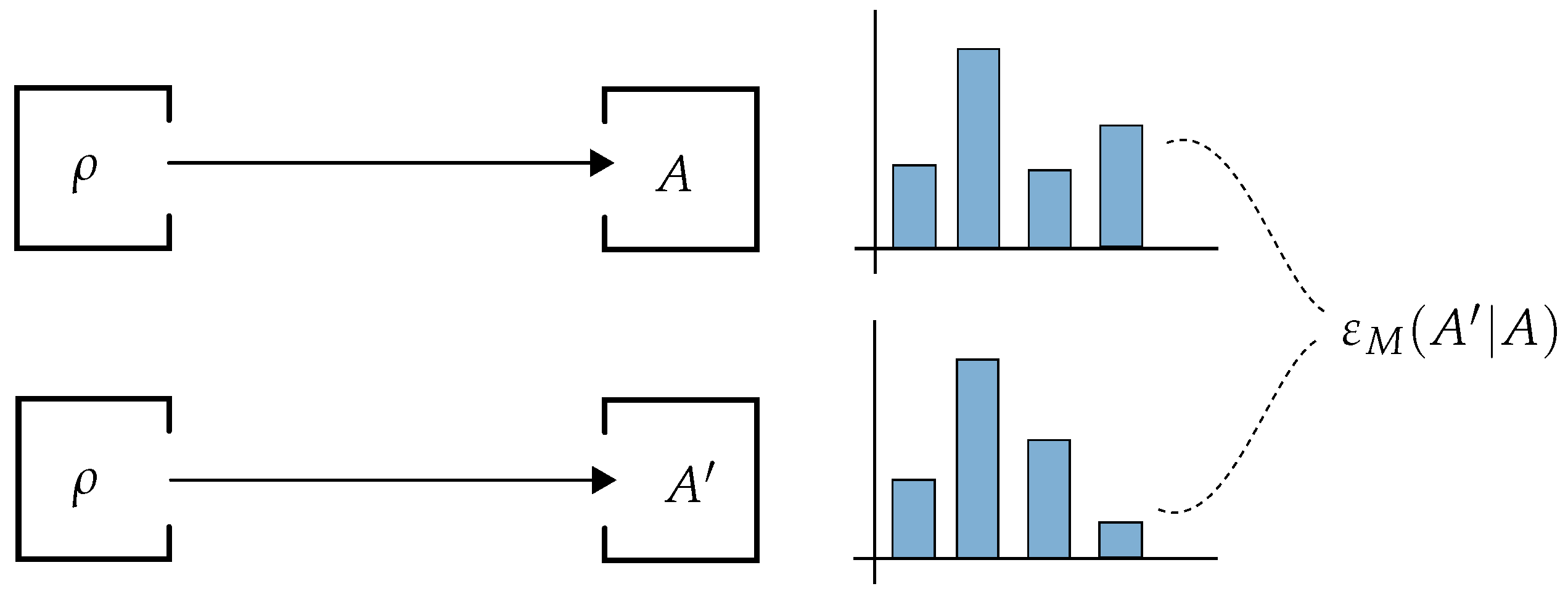

We considered a hardware implementation where the storage oscillators are piezoelectric nanostructures, which have the advantage of being very compact. In the architecture described in our paper, information is stored in linear harmonic oscillators using a so-called cat qubit encoding (more details on this in the deep dive below). These types of qubits have been demonstrated in the lab. These dissipative techniques can be used to encode a single qubit in a linear oscillator, for example the “Schrödinger cat” qubit or the Gottesman-Kitaev-Preskill (GKP) qubit. Other methods include engineering the quantum computer to dissipate excess energy so that it stays in low-energy qubit states used for computation. In theory, this could be achieved by building a topological system containing Majorana modes, but a single qubit is yet to be demonstrated using this method. It requires engineering a physical computing system that has an inherent stability against errors. Passive or autonomous q uantum error correction is a contrasting approach. The high encoding cost of quantum codes partially results from the need to protect against both conventional bit-flip errors (when a qubit’s state flips from 1 to 0 or the reverse) and also phase-flip errors (when the sign of a superposition flips).
#TYPES OF QUANTUM ERROR PATCH#
To be practical, current schemes using a square patch of surface code for QEC need more than 1,000 physical qubits for every encoded qubit.

This means that a quantum computer with active QEC needs a large number of physical qubits to encode every qubit of logical information. While active QEC can yield error rates that are low enough for useful applications, it creates a large hardware overhead. This allows for the detection and correction of errors, and for the implementation of gate operations on the encoded qubits in a fault-tolerant way. This post and the underlying paper “Building a fault-tolerant quantum computer using concatenated cat codes”, written by a team at the AWS Center for Quantum Computing, describes an architecture that combines elements of active QEC and passive or autonomous QEC.Īctive q uantum error correction is an approach for reducing gate error rates by redundantly encoding information into a protected (or logical) qubit using many physical qubits. To reduce error rates further, researchers need to supplement approaches that lower gate error rates at the physical level with other methods such as QEC. These error rates have decreased over time, but are still many orders of magnitude larger than what is needed to run high-fidelity algorithms. In contrast, today’s best quantum gates suffer approximately one error in every one thousand operations. For example, modern computer transistors perform gates with extremely low error rates – low enough to be effectively unnoticeable to users – enabling complex computations. One solution is to simply improve the quality or fidelity of quantum gates. Unfortunately, quantum gates, the building blocks of quantum algorithms, are prone to errors, and such errors can accumulate quickly to spoil the result of computations. However, the quantum algorithms that are known to be useful – those that are likely to have an overwhelming advantage over classical algorithms – may require millions or billions of quantum gates. Quantum algorithms have the potential to solve practical problems in a range of areas, such as designing new materials, discovering new medicines and chemical catalysts, and optimizing logistics processes and financial portfolios. If you want to go deeper still after reading this blog post, please read the paper. The level of the material is aimed at technical or science staff in the quantum computing industry and graduate-level or higher students and researchers in quantum computing. Fair warning, this post dives somewhat deep into a few of the scientific details of building larger and more useful quantum computers. This post summarizes findings from our first architecture paper that describes a theoretical blueprint for a fault-tolerant quantum computer that features a novel approach to quantum error correction (QEC). At the AWS Center for Quantum Computing, we are doing scientific research and development on quantum computing algorithms and hardware.


 0 kommentar(er)
0 kommentar(er)
